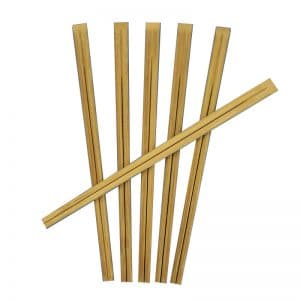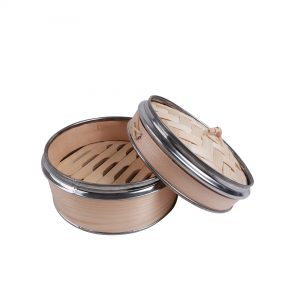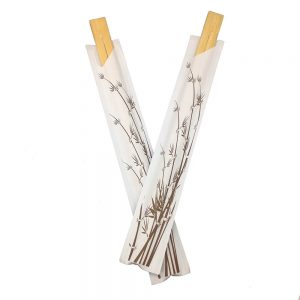Disposable chopsticks have become a ubiquitous part of modern dining, particularly in Asian cuisine. In fact, it’s estimated that over 80 billion pairs of disposable chopsticks are used each year worldwide. While chopsticks made from plastic or metal have been popular choices for their convenience and durability, they come with a significant environmental cost. This is where bamboo chopsticks come in as a sustainable alternative.

Bamboo is a fast-growing and renewable resource that can grow up to 1 meter per day. It’s one of the fastest-growing plants in the world, and it requires no fertilizers or pesticides to grow, making it an eco-friendly option. Bamboo chopsticks are lightweight, durable, and easy to use, making them an excellent choice for both consumers and businesses.
However, the journey of disposable bamboo chopsticks from forest to table is more complex than you might think. In this article, we’ll explore the process of how disposable bamboo chopsticks are made, the challenges and benefits of their production, and how they can contribute to a more sustainable future.
The Production Process
Disposable bamboo chopsticks start their journey in bamboo forests, which are typically found in China, Japan, and other parts of Asia. Bamboo forests are harvested sustainably, which means only mature bamboo plants are cut down. After harvesting, the bamboo is transported to chopstick factories, where it undergoes several processing steps.
The first step is to cut the bamboo stalks into manageable pieces. These pieces are then boiled in water to remove any dirt or impurities. The boiled bamboo is then dried and cut into thin strips using special machines. These thin strips are then smoothed and sharpened to create the shape of a chopstick.
Once the chopsticks are shaped, they are sanded and polished to create a smooth finish. Finally, they are packaged and shipped to restaurants, grocery stores, and other businesses around the world.
Challenges and Benefits
While disposable bamboo chopsticks are a sustainable alternative to plastic or metal chopsticks, their production process is not without its challenges. One of the biggest challenges is the amount of energy required to produce them. The manufacturing process requires a lot of water and energy, which can contribute to greenhouse gas emissions.
Another challenge is the disposal of the chopsticks. While bamboo chopsticks are biodegradable, they can take up to six months to decompose. This means they can still contribute to landfills and other waste management issues if not disposed of properly.
Despite these challenges, the benefits of using disposable bamboo chopsticks are numerous. Bamboo is a sustainable and renewable resource that grows quickly and requires minimal maintenance. Compared to plastic or metal chopsticks, bamboo chopsticks have a smaller environmental footprint and are more eco-friendly. Additionally, bamboo chopsticks are lightweight, easy to use, and affordable, making them a popular choice for both consumers and businesses.
A Sustainable Future
Disposable bamboo chopsticks are just one example of how sustainable products can make a difference in our daily lives. As consumers become more conscious of their impact on the environment, there is an increasing demand for sustainable products like bamboo chopsticks.
To ensure a sustainable future, it’s important that we continue to support the production of sustainable products like bamboo chopsticks. This can include purchasing bamboo chopsticks from sustainable sources, properly disposing of used chopsticks, and supporting businesses that prioritize sustainability.
In conclusion, disposable bamboo chopsticks are a sustainable alternative to plastic or metal chopsticks that offer numerous benefits for consumers and businesses alike. While their production process presents challenges, their eco-friendly qualities make them a popular choice for those looking to reduce their environmental footprint. By supporting sustainable products like bamboo chopsticks, we can contribute to a more sustainable future for generations to come.


